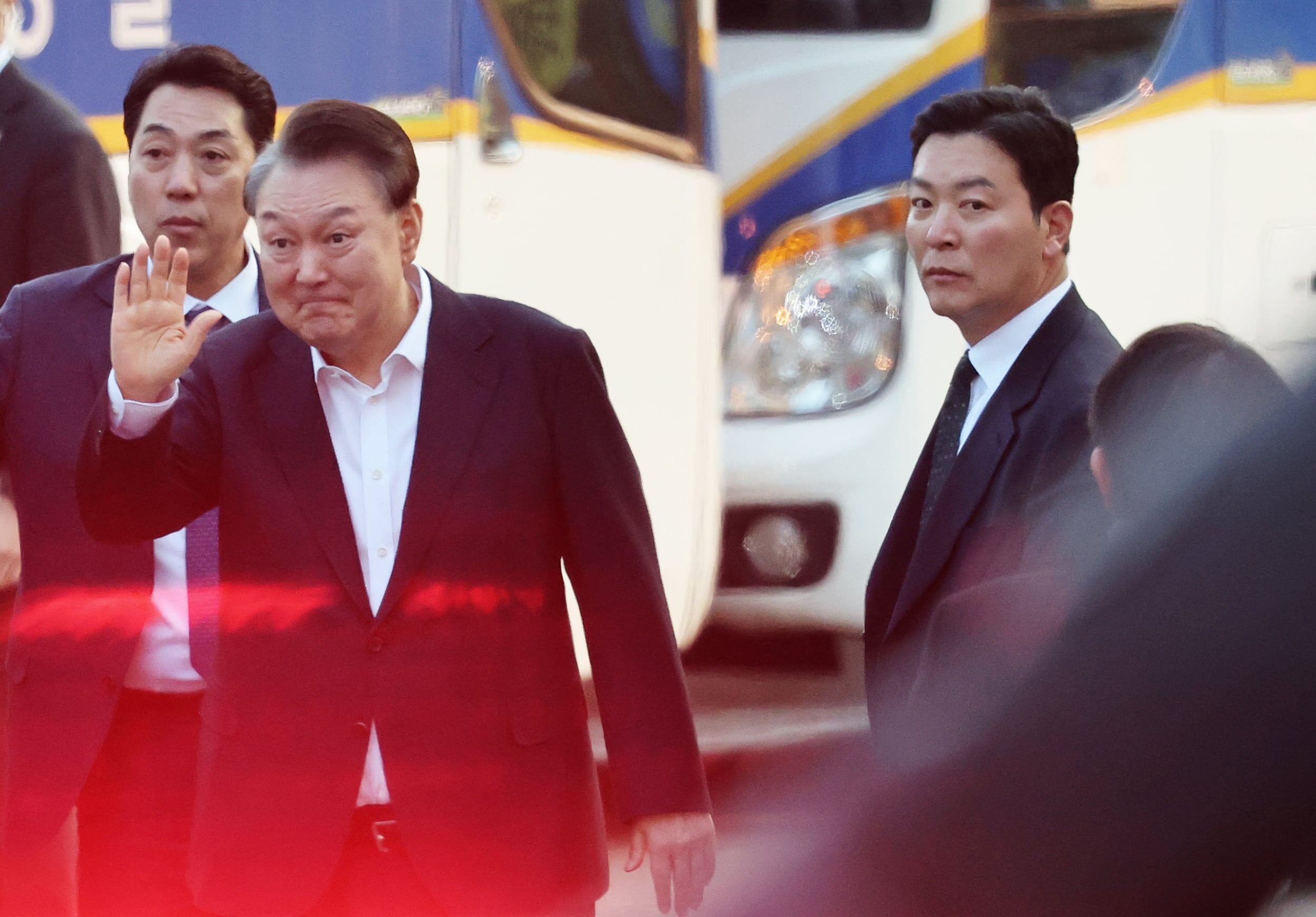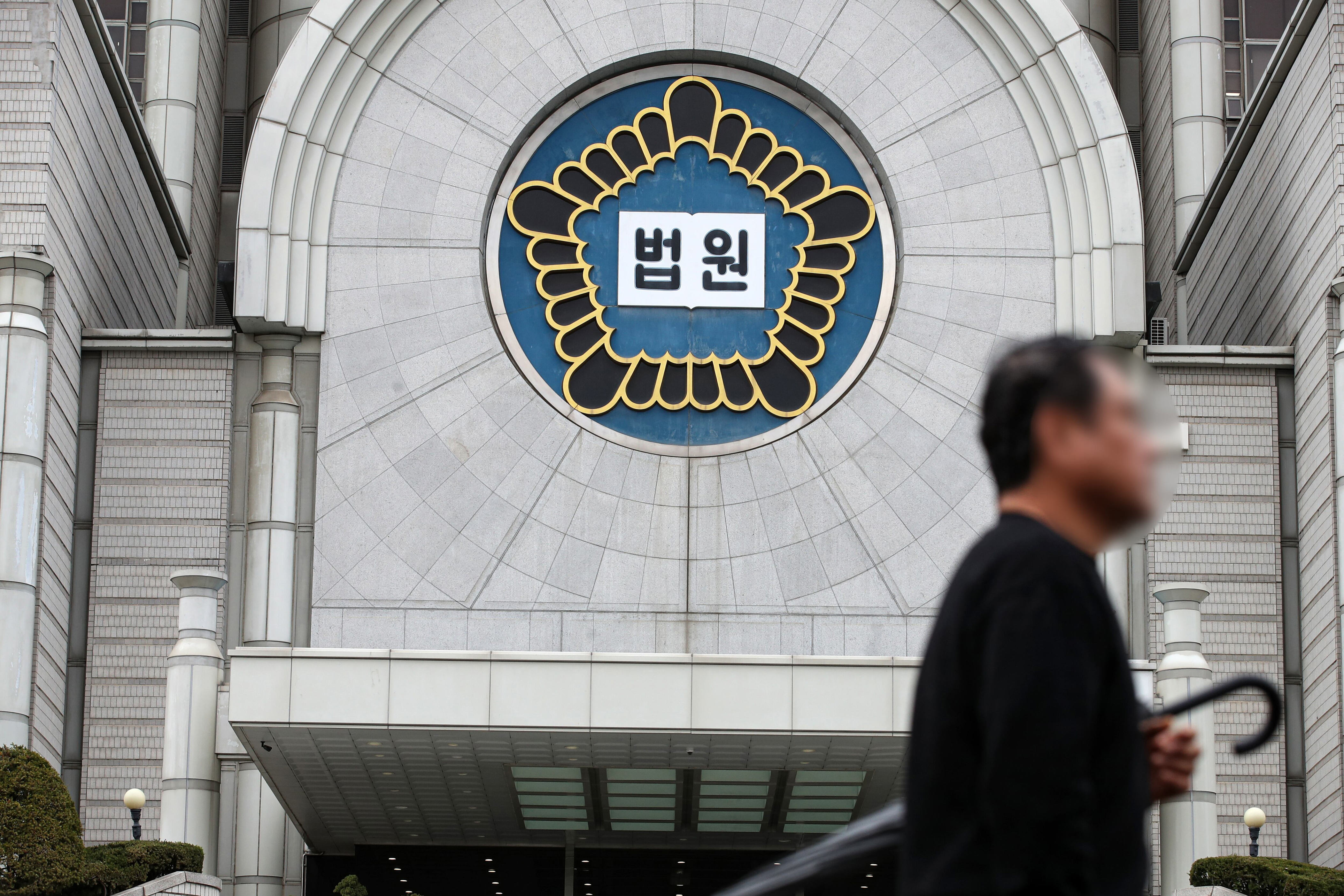A ruling by a South Korean court to free President Yoon Suk-yeol from custody has sparked discussions about whether detention durations should be measured in hours or complete days—a matter that might redefine the nation’s judicial framework.
Prosecutors usually measure detention in calendar days; however, the court opted for an hourly measurement system, considerably cutting down Yoon’s time in jail. Should courts consistently use this approach, it might result in substantial alterations to pretrial detention regulations and various legal processes.

A basic tenet of the criminal justice system is in dubio pro reo , or "when unsure, err on the side of the accused." In his ruling, Judge Jee Kui-youn from the Seoul Central District Court seemed to adhere to this philosophy by deciding that Yoon’s detention should be counted in hours instead of full days. This change resulted in a difference between how the prosecution and the court determined the duration of Yoon’s time in custody.
The problem emerged when Yoon’s petition to revoke pre-trial detention was being reviewed by both the court and the prosecution. Between 5:46 p.m. on January 17 and 2:53 a.m. on January 19, the process took 33 hours and 7 minutes. According to the prosecution's traditional practice of counting in whole days, this delay would have added an extra three days to his detention period. Conversely, calculating based on actual hours reduced the additional custody time to just over one full day, effectively shortening Yoon’s detainment duration by almost two days.
“A defense attorney noted that from a defendant’s point of view, even a small fraction of time less spent in custody is better; therefore, they would inherently prefer the hourly method over the daily one.”
Judge Jee pointed out that the hourly system might occasionally benefit prosecutors as well. When the duration for moving case files between the court and prosecution is measured in hours instead of whole days, this can allow prosecutors to prolong the period during which they hold suspects. As an example, if a detainment review application is submitted at 2 p.m. on July 1 and sent back at 1 p.m. on July 2, using a daily basis would account for two days, whereas calculating by hours totals just 23 hours, thus maintaining additional detention time.

The method based on hours has not yet been adopted as a mandatory standard. On March 12, Supreme Court Justice Chun Dae-yup, who leads South Korea’s National Court Administration, stated that there is no definitive legal precedent regarding the calculation of detention durations.
It remains uncertain if this verdict will stand when reviewed by higher courts," Chun stated. "Further judicial scrutiny of the ruling is necessary." Nonetheless, he also mentioned that "until a higher court reverses it, court decisions ought to be respected.
On March 11, the Supreme Prosecutors' Office directed subordinate prosecutor offices to keep using the conventional date-based method until the Supreme Court issues a final decision. The directive stated, "Every prosecution office must uphold the current practice until an authoritative judgment is handed down." It also recommended that prosecutors seek guidance from the agency’s criminal policy division when encountering disagreements.
A previous prosecutor who later became a lawyer pointed out that both the Supreme Court and the prosecution have yet to define a clear benchmark. "In all likelihood, prosecutors will choose the approach that reduces legal risk—the specific methodology, whether based on days or hours, will depend on the circumstances of each individual case," he stated.
Defense attorneys specializing in criminal law say they are already receiving inquiries from detained clients about whether they could apply for release based on the hour-based calculation. “This ruling is an exceptional case, and it is difficult to use it as a precedent,” one lawyer said.
A judge from Seoul pointed out that if courts were to formally implement an hourly assessment method, they would have to carefully monitor and confirm the duration of detentions for every case. "Such a change might result in decisions more advantageous to defendants but also increase the workload for prosecutors," he remarked.


Post a Comment